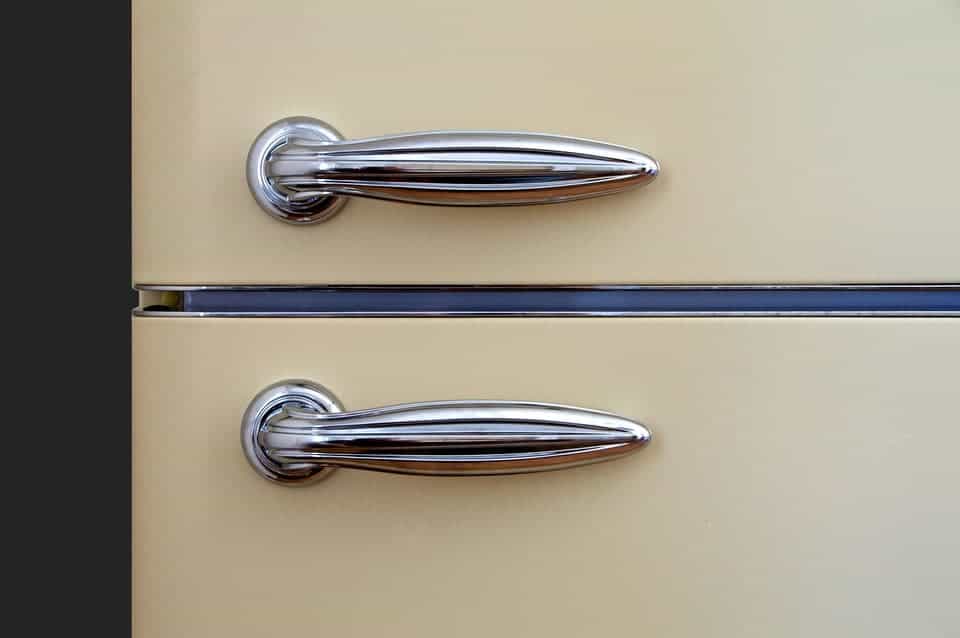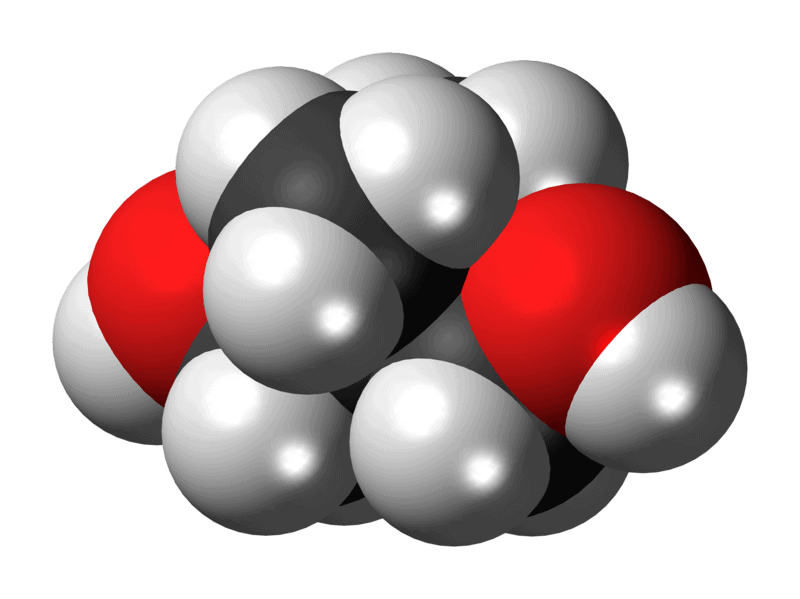With refrigeration sucking up about one-fifth of all the energy we produce, the pressure is on to find an alternative. Luckily, a new paper says pressure is exactly what we need. Pressure and plastic crystals.
Researchers from the University of Cambridge and the Universitat Politècnica de Catalunya report that plastic neopentylglycol (NPG) crystals can pose a real alternative to the gas coolants of today. When placed under pressure, these crystals show “extremely large thermal changes,” the authors explain.
Cool under pressure
Refrigerators and air conditioners based on HFCs and HCs [hydrofluorocarbons and hydrocarbons] are also relatively inefficient,” says Dr Xavier Moya from the University of Cambridge, who led the research.
“That’s important because refrigeration and air conditioning currently devour a fifth of the energy produced worldwide, and demand for cooling is only going up.”
HFCs and HCs are currently used in the vast majority of refrigerators and air conditioners. They’re toxic and flammable, and become powerful greenhouse gases when they leak. HCs also deplete the ozone layer. They’re not that good at being coolants, but they are the best we currently have available on a commercial scale.
Moya, alongside Professor Josep Lluís Tamarit from the Universitat Politècnica de Catalunya, is one of the researchers working on finding a replacement. They report that plastic crystals of NPG could fit that role. The material is widely available and inexpensive right now, and is used in paints, polyesters, lubricants and various other chemical products. It also functions at normal room temperatures and conditions.
Conventional cooling technologies use fluids to ‘carry’ heat around. To do so, this fluid is turned into gas then back into a liquid form in successive cycles. It absorbs energy as it expands (like water does when it boils) and releases then it as it compresses. Most cooling devices today work using fluids such as HFCs and HCs because they eat up a lot of energy as they expand.
The solid alternative proposed by the team cools down through changes in its microscopic structure — caused by a magnetic field, an electric field, or through mechanical force. It’s a well-documented reaction, but fluid coolants outperformed them in terms of efficiency, so they aren’t widely used. NPG plastic crystals, however, are on par with these fluids.
What sets it apart from the rest is the shape of its molecules. They are nearly spherical and only establish weak interactions with each other. This makes it behave a bit like, but not exactly as, a liquid. The term “plastic” in their name refers to them being malleable, not to the material plastic. Because its molecules can be moved around much more freely than that of previous solid coolants, compressing NPG generates “colossal barocaloric [relating to pressure and temperature] effects,” the team writes.
“Here we show that plastic crystals of neopentylglycol display extremely large pressure-driven thermal changes near room temperature due to molecular reconfiguration,” the team writes, “that these changes outperform those observed in any type of caloric material, and that these changes are comparable with those exploited commercially in hydrofluorocarbons.”
“Our discovery of […] should bring barocaloric materials to the forefront of research and development in order to achieve safe environmentally friendly cooling without compromising performance,” they conclude.
Moya is now working with Cambridge Enterprise, the commercialization arm of the University of Cambridge, to bring this technology to market.
The paper “Colossal barocaloric effects near room temperature in plastic crystals of neopentylglycol” has been published in the journal Nature Communications.











